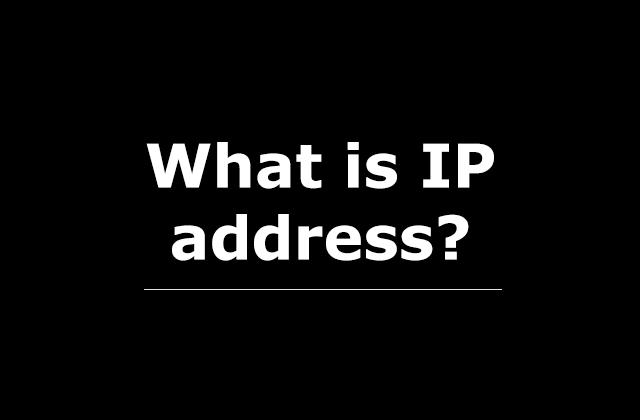

An IP address, which stands for Internet Protocol address, is a numerical label assigned to each device connected to a computer network that uses the Internet Protocol for communication. It serves two main purposes:
• Unique Identifier: Every device connected to a network, whether it’s a computer, smartphone, router, or any internet-enabled device, is assigned a unique IP address.
• Location Identifier: IP addresses help identify the location of a device on a network, similar to a postal address for mail delivery.
• Routing Information: When devices communicate over the internet or a local network, they use IP addresses to send and receive data packets. These packets contain information on their source and destination IP addresses, allowing routers and servers to route them to the correct destination.
1. IPv4 (Internet Protocol version 4)
This is the older and most widely used version of IP addresses. It consists of four sets of numbers separated by periods (e.g., 192.168.1.1). It utilizes a 32-bit addressing system. However, due to the limited number of unique combinations in IPv4, the world is transitioning to IPv6.
2. IPv6 (Internet Protocol version 6)
IPv6 is the newer version designed to replace IPv4. It uses a longer format, consisting of eight groups of hexadecimal digits separated by colons (e.g., 2001:0db8:85a3:0000:0000:8a2e:0370:7334). It utilizes a 128-bit addressing system IPv6 offers a vastly larger pool of available IP addresses.
• Public IP Address: Each device connected to the internet has a unique public IP address assigned by the Internet Service Provider (ISP). This is the address visible to the outside world and is used for communication across the internet.
• Private IP Address: Devices within a local network, like home or office networks, have private IP addresses assigned by the network router. These addresses are used for communication within the local network but are not visible to the broader internet. Common private IP address ranges include 192.168.x.x and 10.x.x.x.